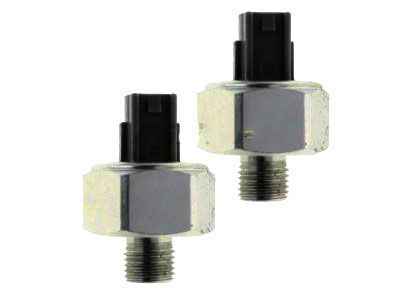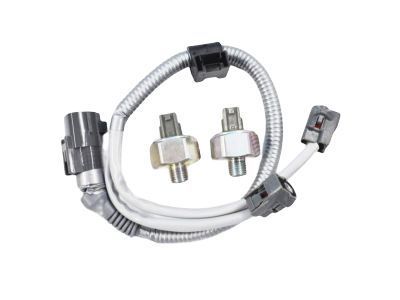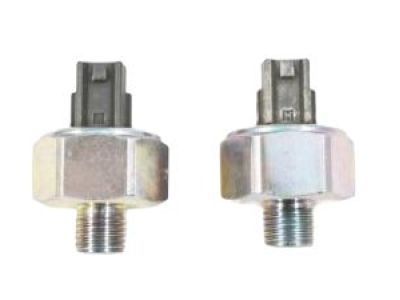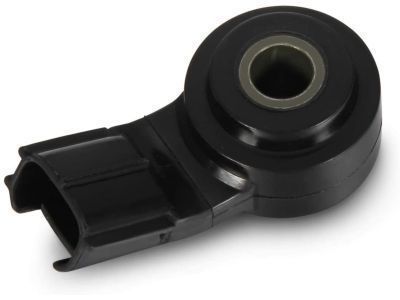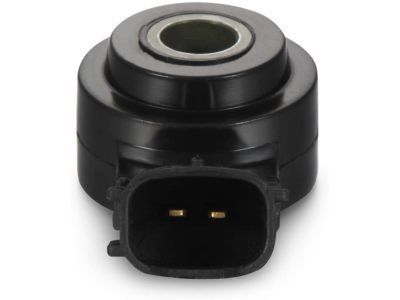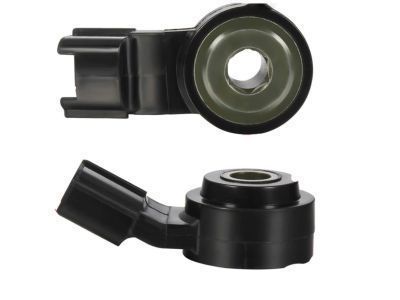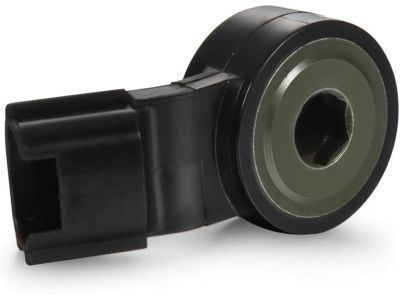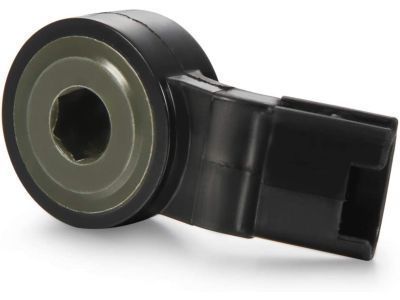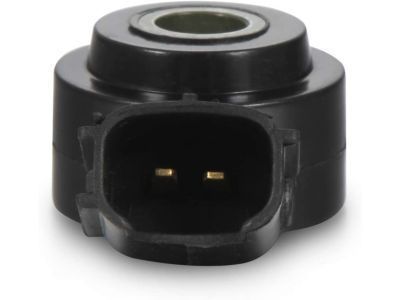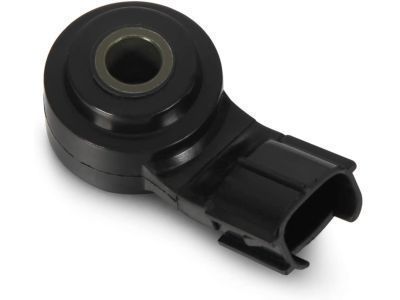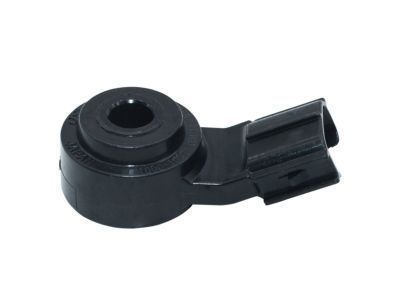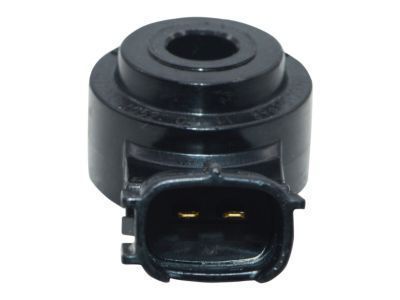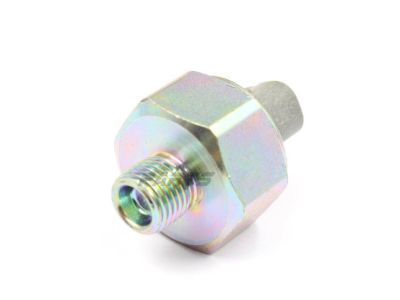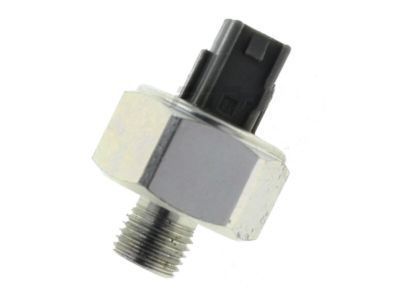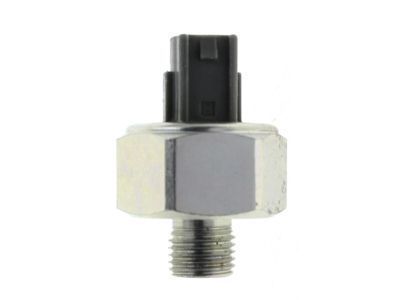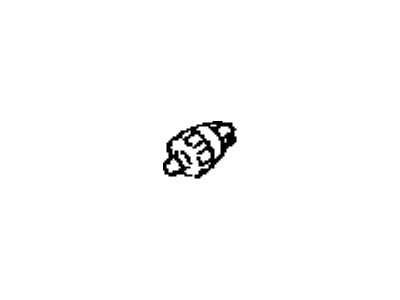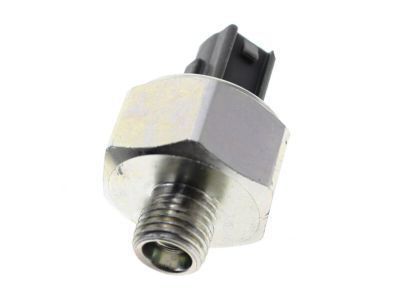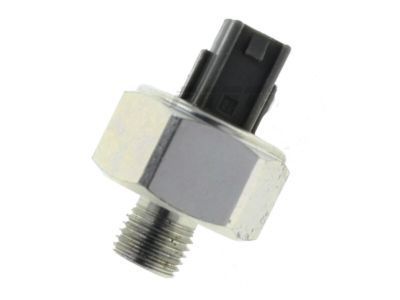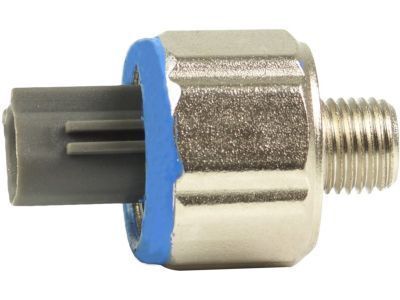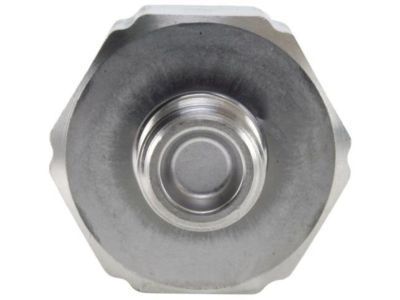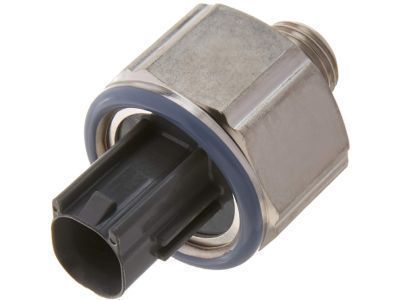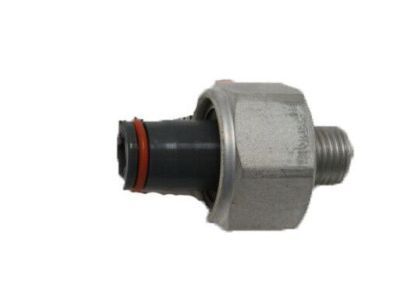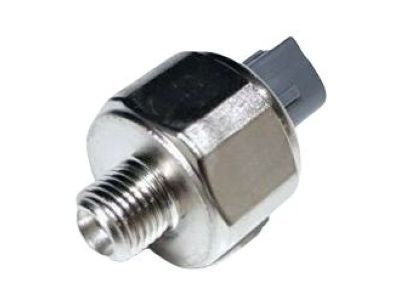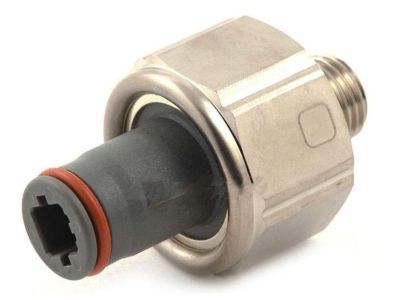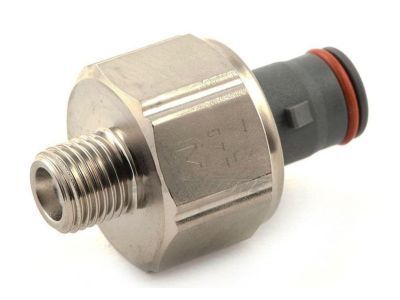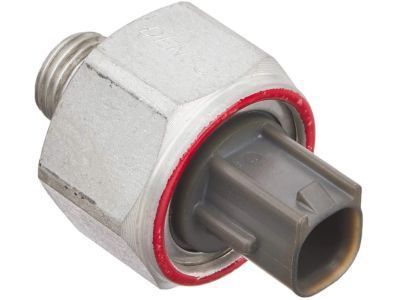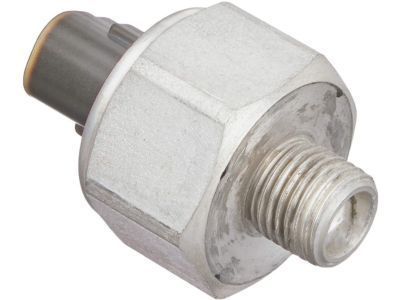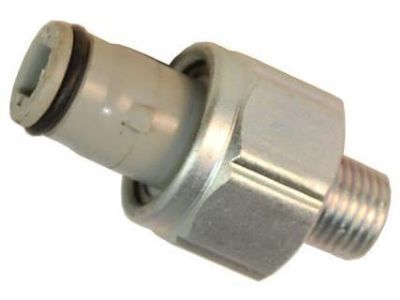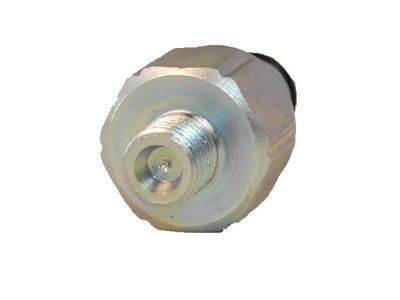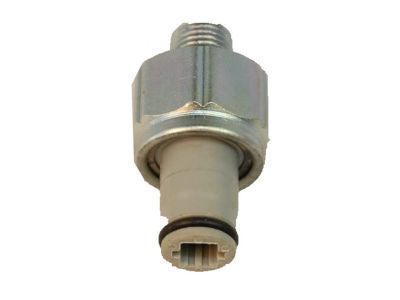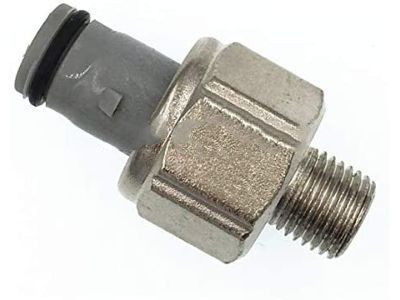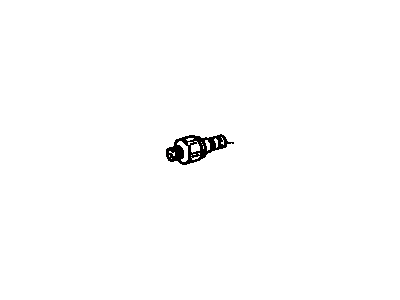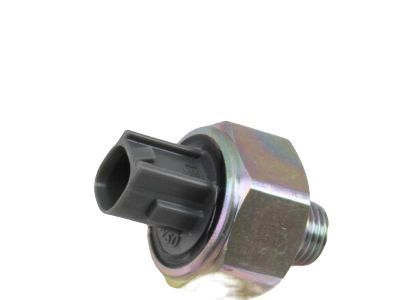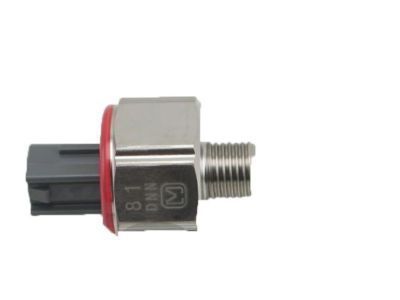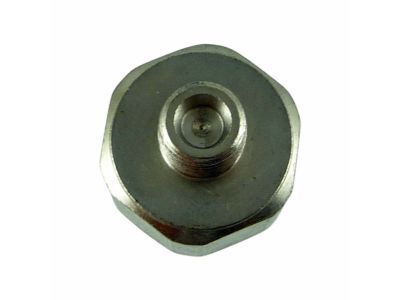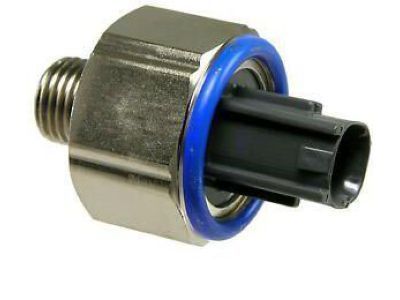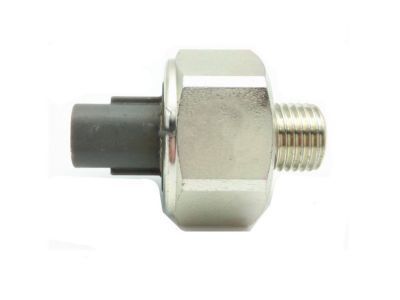

My Garage
My Account
Cart
Genuine Toyota Knock Sensor
Engine Knock Sensor- Select Vehicle by Model
- Select Vehicle by VIN
Select Vehicle by Model
orMake
Model
Year
Select Vehicle by VIN
For the most accurate results, select vehicle by your VIN (Vehicle Identification Number).
36 Knock Sensors found
Toyota Knock Control Sensor
Part Number: 89615-12090$144.60 MSRP: $205.57You Save: $60.97 (30%)Ships in 1-3 Business DaysProduct Specifications- Other Name: Sensor, Knock Control; Knock Sensor
- Manufacturer Note: DENSO
- Replaces: 89615-12050, 89615-32010
Toyota Knock Control Sensor
Part Number: 89615-06010$137.46 MSRP: $195.42You Save: $57.96 (30%)Ships in 1-3 Business DaysProduct Specifications- Other Name: Sensor, Knock Control; Knock Sensor
- Replaces: 89615-BZ030, 89615-20090, 89615-BZ040
Toyota Knock Control Sensor
Part Number: 89615-20090$137.46 MSRP: $195.42You Save: $57.96 (30%)Ships in 1-3 Business DaysProduct Specifications- Other Name: Sensor, Knock Control
- Replaced by: 89615-06010
Toyota Knock Control Sensor
Part Number: 89615-12050$144.60 MSRP: $205.57You Save: $60.97 (30%)Ships in 1-3 Business DaysProduct Specifications- Other Name: Sensor, Knock Control
- Replaced by: 89615-12090
- Product Specifications
- Other Name: Sensor, Knock Control; Knock Sensor
Toyota Knock Control Sensor
Part Number: 89615-50010$166.95 MSRP: $237.34You Save: $70.39 (30%)Ships in 1-3 Business DaysProduct Specifications- Other Name: Sensor, Knock Control; Knock Sensor
- Manufacturer Note: MATSUSHITA
Toyota Knock Control Sensor
Part Number: 89615-30050$164.26 MSRP: $233.52You Save: $69.26 (30%)Ships in 1 Business DayProduct Specifications- Other Name: Sensor, Knock Control; Knock Sensor
Toyota Knock Control Sensor
Part Number: 89615-52010$151.74 MSRP: $215.72You Save: $63.98 (30%)Ships in 1 Business DayProduct Specifications- Other Name: Sensor, Knock Control; Knock Sensor
- Manufacturer Note: MATSUSHITA
- Replaces: 89615-12030, 89615-22050
Toyota Knock Control Sensor
Part Number: 89615-35040$152.56 MSRP: $216.89You Save: $64.33 (30%)Ships in 1-3 Business DaysProduct Specifications- Other Name: Sensor, Knock Control; Knock Sensor
- Replaces: 89615-35030
Toyota Knock Control Sensor
Part Number: 89615-30080$180.25 MSRP: $258.47You Save: $78.22 (31%)Ships in 1-2 Business DaysProduct Specifications- Other Name: Sensor, Knock Control; Knock Sensor
- Manufacturer Note: MATSUSHITA
Toyota Knock Control Sensor
Part Number: 89615-30020$158.99 MSRP: $226.04You Save: $67.05 (30%)Ships in 1-3 Business DaysProduct Specifications- Other Name: Sensor, Knock Control; Knock Sensor
Toyota Knock Control Sensor
Part Number: 89615-22040$144.60 MSRP: $205.57You Save: $60.97 (30%)Ships in 1 Business DayProduct Specifications- Other Name: Sensor, Knock Control; Knock Sensor
Toyota Knock Control Sensor
Part Number: 89615-20010$154.78 MSRP: $220.04You Save: $65.26 (30%)Ships in 1-3 Business DaysProduct Specifications- Other Name: Sensor, Knock Control; Knock Sensor
- Replaces: 89615-20020
Toyota Knock Control Sensor
Part Number: 89615-32030$144.95 MSRP: $206.07You Save: $61.12 (30%)Ships in 1-2 Business DaysProduct Specifications- Other Name: Sensor, Knock Control; Knock Sensor
- Replaces: 89615-20030, 89615-33010, 89615-32040, 89615-33020
Toyota Knock Control Sensor
Part Number: 89615-22030$164.26 MSRP: $233.52You Save: $69.26 (30%)Ships in 1-3 Business DaysProduct Specifications- Other Name: Sensor, Knock Control; Knock Sensor
Toyota Knock Control Sensor
Part Number: 89615-32010$144.60 MSRP: $205.57You Save: $60.97 (30%)Ships in 1-2 Business DaysProduct Specifications- Other Name: Sensor, Knock Control
- Replaced by: 89615-12090
Toyota Knock Control Sensor
Part Number: 89615-44010$153.26 MSRP: $217.88You Save: $64.62 (30%)Ships in 1 Business DayProduct Specifications- Other Name: Sensor, Knock Control; Knock Sensor
- Manufacturer Note: W(PAINTED=ORANGE)
Toyota Knock Control Sensor
Part Number: 89615-26010$148.70 MSRP: $211.39You Save: $62.69 (30%)Ships in 1-3 Business DaysProduct Specifications- Other Name: Sensor, Knock Control; Knock Sensor
- Product Specifications
- Other Name: Sensor, Knock Control; Knock Sensor
- Replaces: 89615-12110
Toyota Knock Control Sensor
Part Number: SU003-06707$61.21 MSRP: $80.25You Save: $19.04 (24%)Ships in 1-2 Business DaysProduct Specifications- Other Name: Sensor Assembly-Knock ; Sensor, Knock Control; Knock Sensor
- Replaces: SU003-00415
| Page 1 of 2 |Next >
1-20 of 36 Results
About Toyota Knock Sensor
In the engine system, there is an important part named knock sensor. The function of a knock sensor is to sense vibrations caused by engine knock or detonation. The location of a knock sensor is on the engine block, cylinder head or intake manifold. Technically, there is a piezoelectric sensing crystal and a resister in the knock sensor to make sure it works correctly. When you are driving your Toyota at a highway speed, it is the time to check your knock sensor is good or not. The knock sensor affects the ignition timing of the engine. And if you continue the highway speed, but you feel a loss of acceleration or a fuel economy, there may be some wrong with your knock sensor. Do not waste one more second driving your Toyota with a failing knock sensor, and it is bad for the engine and you. Welcome to our website and find the correct one, take the order and it is yours. You will be satisfied with a high quality Toyota OEM knock sensor with a surprisingly cheap price.
Toyota Knock Sensor Parts Questions & Experts Answers
- Q: How to replace knock sensors on 2005 through 2009 Toyota Tacoma?A:For V6 models, the knock sensors are located on top of the engine block, under the intake manifold, and accessing them is extremely difficult as it requires removing the cylinder heads; therefore, it is advisable to replace both sensors even if only one is defective. Begin by draining the engine coolant, then remove the cylinder heads, followed by the heater coolant inlet hose and the coolant outlet pipe. Disconnect the electrical connectors from the knock sensors, carefully noting their orientation before removing the sensor retaining bolts and the sensors themselves. The orientation is critical to avoid clearance issues during the installation of the cylinder heads and intake manifold, so ensure each sensor is positioned exactly as it was before removal, then tighten the retaining bolts to the specified torque. The remainder of the installation follows the reverse order of removal, concluding with refilling the engine cooling system. For four-cylinder models, the knock sensor is located on the left side of the engine block, below the intake manifold. Start by removing the intake manifold, then disconnect the knock sensor electrical connector. Note the orientation of the knock sensor before removing the retaining bolt and the sensor. When reinstalling, ensure the sensor is oriented correctly, with the connector positioned no more than 10 degrees above or below the horizontal, and tighten the retaining bolt to the specified torque, with installation otherwise following the reverse order of removal.
- Q: How to replace the Knock Sensor on 2002 through 2006 Toyota Avalon?A:The knock control system is designed to reduce spark knock during heavy detonation, allowing the engine to utilize optimal spark advance for improved driveability. The knock sensor detects abnormal engine vibrations and produces a voltage output that increases with the severity of the knock, which is monitored by the PCM to retard ignition timing until detonation ceases. In four-cylinder engines, the knock sensor is located on the backside of the engine block, directly below the cylinder head, while V6 engines have two knock sensors located underneath the intake manifold, one for each cylinder bank. To begin, disconnect the cable from the negative terminal of the battery, and if working on a V6 engine, drain the cooling system. For four-cylinder engines, pinch off the coolant hoses to the throttle body before removing the intake manifold/throttle body. After removing the intake manifold, disconnect the electrical connector and remove the knock sensor; for V6 engines, the sensors are under the intake manifold, while for four-cylinder engines, the sensor is screwed into the side of the block below the intake manifold. If reusing the old sensor, coat the threads with thread sealant, but do not apply additional sealant to new sensors as they are pre-coated. Install the knock sensor securely, tightening it to approximately 30 ft-lbs without overtightening to avoid damage. Finally, plug in the electrical connector, refill the cooling system, and check for leaks, ensuring that on 3MZ V6 models, the knock sensors are turned so the connector ends point toward the timing belt end of the engine for easier harness hookup.
Related Toyota Parts
Browse by Model
4Runner Knock Sensor 86 Knock Sensor Avalon Knock Sensor C-HR Knock Sensor Camry Knock Sensor Celica Knock Sensor Corolla Cross Knock Sensor Corolla Knock Sensor Corolla iM Knock Sensor Cressida Knock Sensor Crown Knock Sensor Echo Knock Sensor FJ Cruiser Knock Sensor GR Corolla Knock Sensor GR Supra Knock Sensor GR86 Knock Sensor Grand Highlander Knock Sensor Highlander Knock Sensor Land Cruiser Knock Sensor MR2 Knock Sensor MR2 Spyder Knock Sensor Matrix Knock Sensor Paseo Knock Sensor Pickup Knock Sensor Previa Knock Sensor Prius AWD-e Knock Sensor Prius C Knock Sensor Prius Knock Sensor Prius Prime Knock Sensor Prius V Knock Sensor RAV4 Knock Sensor RAV4 Prime Knock Sensor Sequoia Knock Sensor Sienna Knock Sensor Solara Knock Sensor Supra Knock Sensor T100 Knock Sensor Tacoma Knock Sensor Tercel Knock Sensor Tundra Knock Sensor Venza Knock Sensor Yaris Knock Sensor Yaris iA Knock Sensor
